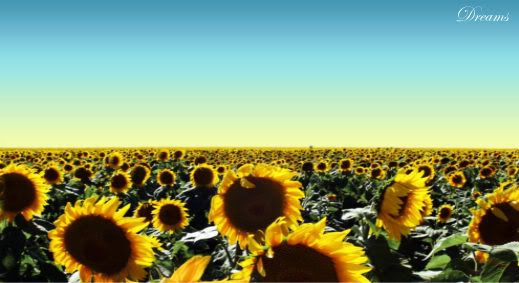Laminin
An extract from our all trustable Wikipedia,
Laminin is the major non-collagenous component of the basal lamina, such as those on which cells of an epithelium sit.[1] Basically, laminin is a protein found in the "extracellular matrix", the sheets of protein that form the substrate of all internal organs also called the "basement membrane". It has four arms that can bind to four other molecules. The three shorter arms are particularly good at binding to other laminin molecules, which is what makes it so great at forming sheets. The long arm is capable of binding to cells, which helps anchor the actual organs to the membrane.
Laminin is vital to making sure overall body structures hold together. Improper production of laminin can cause muscles to form improperly, leading to a form of muscular dystrophy. It can also cause progeria.
HoHoHo. Here is what Louie Giglio Found Out!
Laminin is the major non-collagenous component of the basal lamina, such as those on which cells of an epithelium sit.[1] Basically, laminin is a protein found in the "extracellular matrix", the sheets of protein that form the substrate of all internal organs also called the "basement membrane". It has four arms that can bind to four other molecules. The three shorter arms are particularly good at binding to other laminin molecules, which is what makes it so great at forming sheets. The long arm is capable of binding to cells, which helps anchor the actual organs to the membrane.
Laminin is vital to making sure overall body structures hold together. Improper production of laminin can cause muscles to form improperly, leading to a form of muscular dystrophy. It can also cause progeria.
HoHoHo. Here is what Louie Giglio Found Out!


0 Comments:
Post a Comment
<< Home